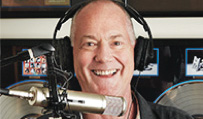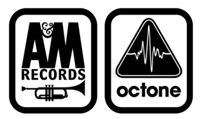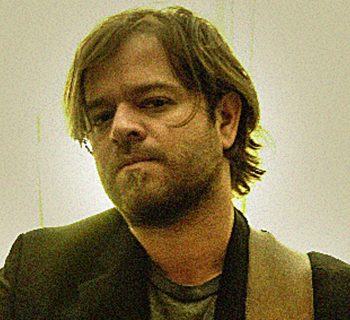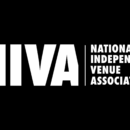
Veteran and 22-time platinum awarded voice coach with Grammy winning clientele, Brad Chapman (http://bradchapmanvoicecoach.com) asks a simple, but provocative question of prospective students on his website that encapsulates his approach: “When you sing…Do people cheer, dance, cry, laugh, feel love, feel anger, feel chills, feel inspired and want more? If the answer is no, let’s make it happen for you and your audience. If you can already do the above, but want your voice to have more range and power… we’ll make that happen too.”
A one-time student, associate and later, partner of legendary coach Seth Riggs, Chapman believes that a great voice coach puts the individual’s needs above everything else. His trademark phrase “SingFromFeel” (a twist on more common “SingWithFeel”) implies that the song generates from a feeling.
The “SingFromFeel” concept is about feeling the word, sentence or story before the singer begins. It’s something that all great singers do instinctively, and it is immediately felt by the listeners. Chapman coaches this art by following three key steps:
1) Freeing up and developing the voice to follow emotional commands, i.e. power, tone, range, dynamic control.
2) Chapman knows that the song must be memorized to the point where there is no conscious effort on the part of the singer. Any internal thought, such as… “Will I be able to hit all the notes?”…or “What’s the next line?” will distract the singer from the feel—and the audience will feel the void of emotion.
3) Chapman provides coaching and feedback of the performance, ensuring that the singer’s audience will feel it too. His term for this is “vocal pre-production” before a live show or recording session. Confidence and emotion are a major part of a great artist.
“A lot of my success over the years is due to my background as a rock, R&B, concert, club singer; and my drive to accomplish the needs of today’s recording artists,” says Chapman, who has worked with Anita Baker, the Bangles, Quincy Jones, Kevin Cronin (REO Speedwagon), Epose’ Marq Torien of the Bullet Boys, etc. “I was a ‘60s rock singer and guitarist; and I have been using mics, sound reinforcement equipment, and recording equipment since I was 14 (46 years). The other critical side of that coin is that I have lived and coached the fact that an artist’s feel is by far the attribute, not technique...that, equals over 46 years of experience in the skills that singers are succeeding with today.”
In 1987, not long after Chapman launched his own studio after years as a partner of Riggs, Music Connection ran an article about his unique approach to microphones and electronic elements. He explained his desire to make sure that students learn to sing well with mics, so they didn’t over-sing and that their emotional nuances would shine through.
Chapman teaches all genres that use mics for amplification. “The ultimate singer is the emotional singer, not the technical singer,” he says. “Mics help us to become more intimate with our audience; allowing us when necessary to sing quietly with true emotion, like we are singing straight into the listener’s eardrum. Early on, I made the mistake of joining some of my clients during recording; and the producers got upset because it’s not about technical greatness, but honest emotion. I had my ‘Bob Dylan’ epiphany, grasping the fact that when it comes to record production or live performances, vocal technique is way down the list of priorities. Guys like Dylan don’t question themselves about being sharp or flat or too nasal. They’re just telling their stories. Now, when I coach people for sessions, I’m there to help them be ready to work with the producer. I use vocal technique to help them get and communicate the feel.”
Contact Brad Chapman, 310-405-9162
-Jonathan Wildran














